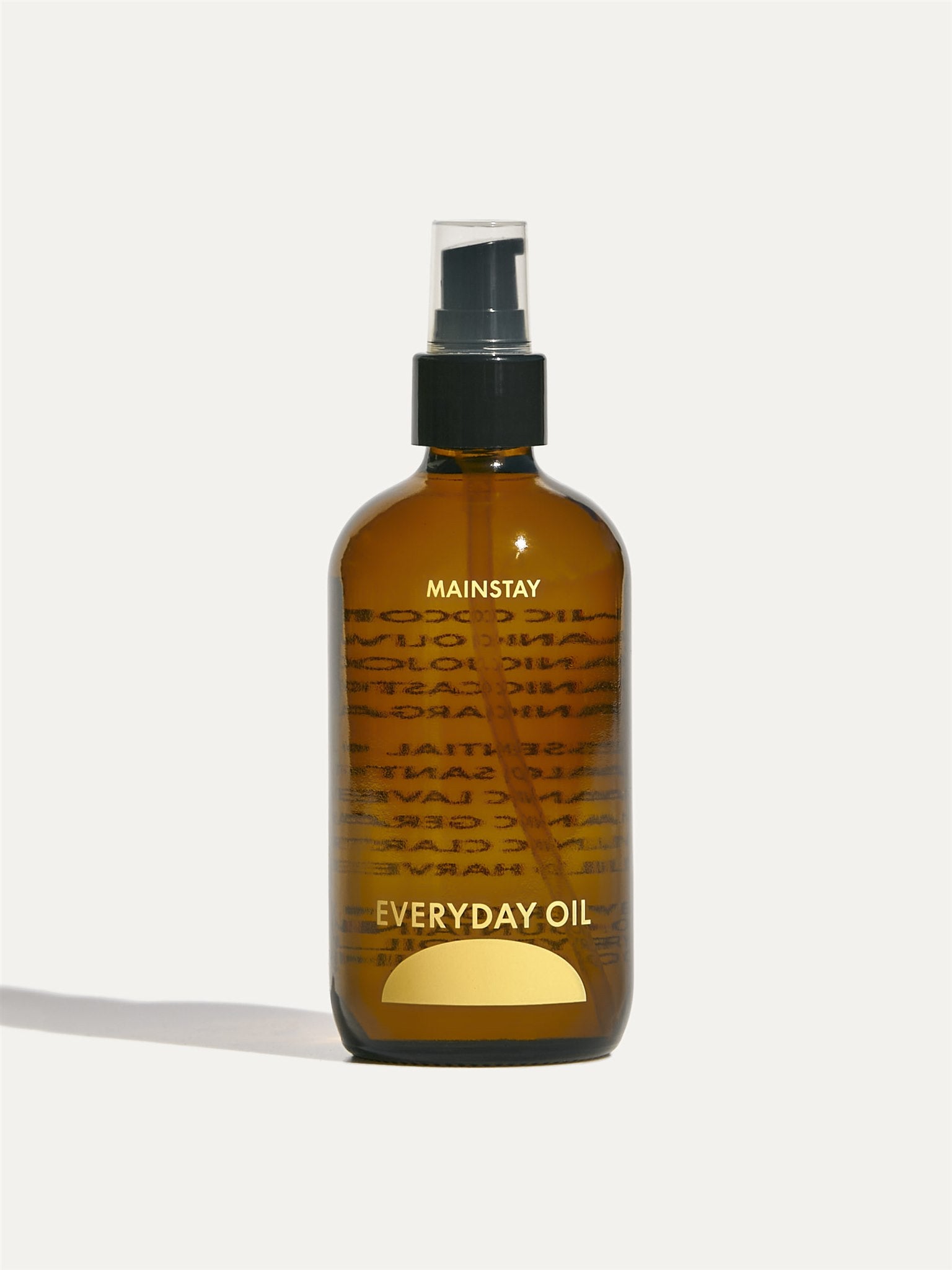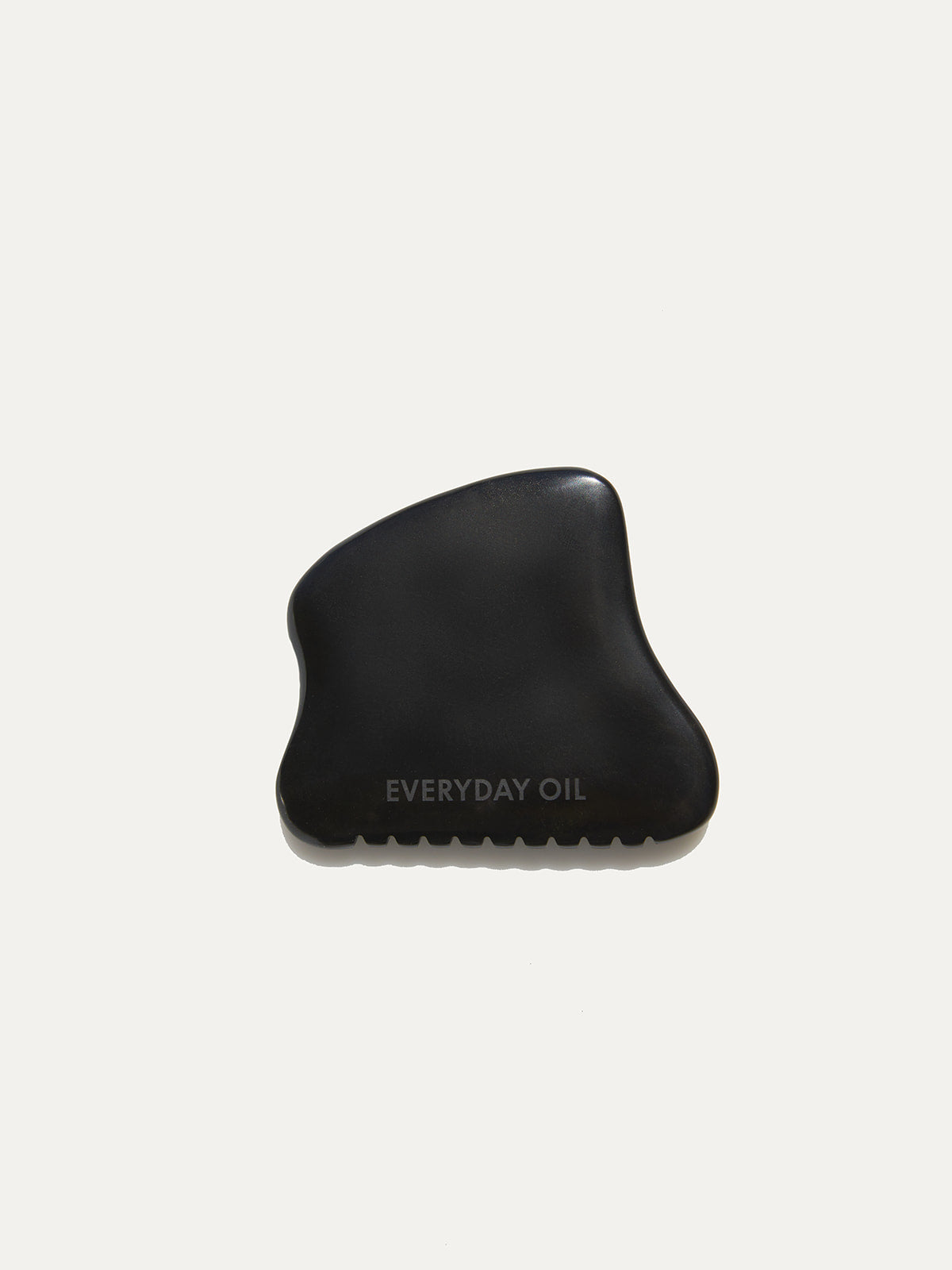There are so many products these days with hyaluronic acid (HA) - an ingredient said to plump and hydrate skin. HA is naturally occurring in the body, and naturally decreases as we age. It became trendy as a skincare ingredient because it is used as an injectiable for filler, creating fuller lips and cheekbones when injected. But what does HA do in skincare when used topically?
Hyaluronic acid is hydrophilic, meaning it draws water to itself. If you imagine HA particles on the surface of the skin drawing water to themselves, it is going to draw water from the closest water source. Often that source is your skin itself, so it will draw water from your skin and bring it to the surface, temporarily creating a hydrated effect but eventually drying out your skin as that hard earned moisture on the surface inevitably evaporates.
As a particle, hyaluronic acid is just too large to be absorbed deeply by the skin. Formulators have figured out how to shrink the particle size down to a smaller molecular weight, so that the skin can absorb it, but these can’t actually make it past the top layer of your skin (hence fillers and injectable HA). This 'small' HA has also been shown in studies to be inflammatory...disrupting your natural microbiome and causing redness and irritation. There are many, many conflicting opinions on this, as with so much in skincare. You can find a multitude of differing expert opinions, but we try our best to just stick with evidence-based scientific studies like this one and listen to real world feedback.
With the right formula, used on skin that is not already dehydrated, in an atmosphere with enough humidity, and if applied with water and then followed up with something occlusive, Hyaluronic Acid can work as intended. However, the unintended consequence of the ingredient is that very often all of these factors are not there and HA has the opposite effect. Even when it works it never penetrates deep enough in the skin to do more than superficial hydration unless you inject it.
All this is to say, we caution against putting Hyaluronic Acid on your skin. As a trendy ingredient, anything from foundation to serums to face masks have hyaluronic acid these days, and it is likely drying out your skin and causing some problems, so you may want to look out for this ingredient.
Okay, so how do we support hydrated, healthy skin that has a greater opportunity to produce lots of HA? Thankfully, there are ways to increase the hyaluronic acid that your body produces naturally.
Eat food ! :)
Consuming bone broth, starchy vegetables like sweet potato, and leafy greens may help your body naturally produce HA, and citrus fruits inhibit the breakdown of the HA in the body. In Okinawa where the residents live a particularly long and healthy life, the satsuma sweet potato accounts for over half of the average person’s daily caloric intake.
Welcome the wellness :)
Try stimulating natural cell turnover with gua shua, lymphatic massage, and gentle exfoliation with this natural probiotic alpha hydroxy acid mask with lemon + greek yogurt.
Move the body :)
Raising the heart rate and getting blood circulating can help deliver oxygen and important nutrients to the skin - keeping the skin healthy, promoting collagen production, and promoting new skin cells.
Support sweat :)
Sweating while you exercise can help clear out your pores! Just be sure to keep the pores clear of makeup or dirt beforehand. Try a quick cleanse with Everyday Oil pre and post workout or sweat session.
Drink water :)
Drinking water is key to increasing your body and skin’s natural hydration levels. Make sure to drink AT LEAST 64 ounces of water a day. We recommend getting a 32oz water bottle and making sure you drink two in a day. Purify it first with a Berkey, they’re the best.
Eat omega fats ! :)
Many people are deficient in Omega fats, so make sure you have enough unsaturated fat in your diet! We recommend taking fish oil supplements and putting two tablespoons of olive oil in a green smoothie in the morning. It can have a huge impact on dry skin. Try blending it with frozen berries, spinach, kale, coconut kefir, coconut water, and pomegranate juice.

